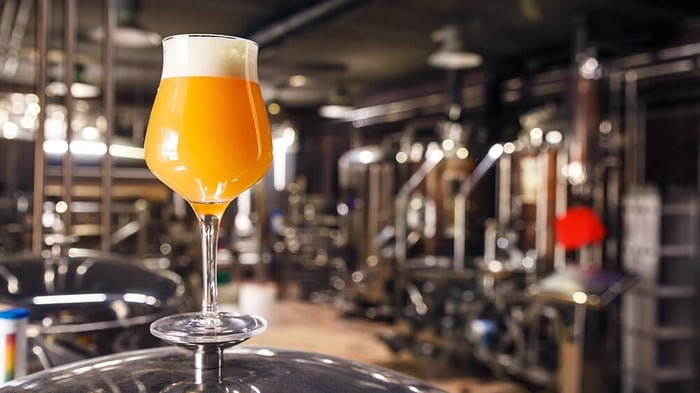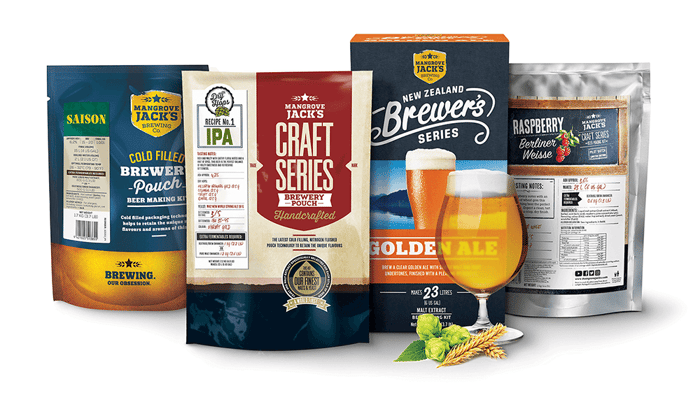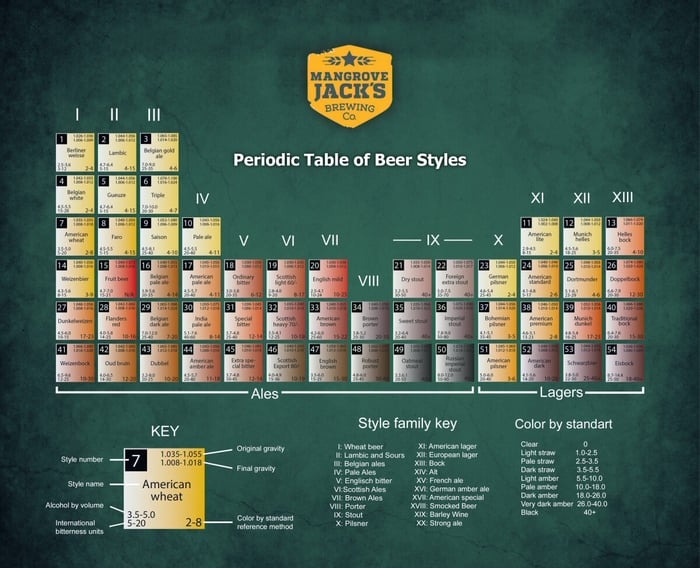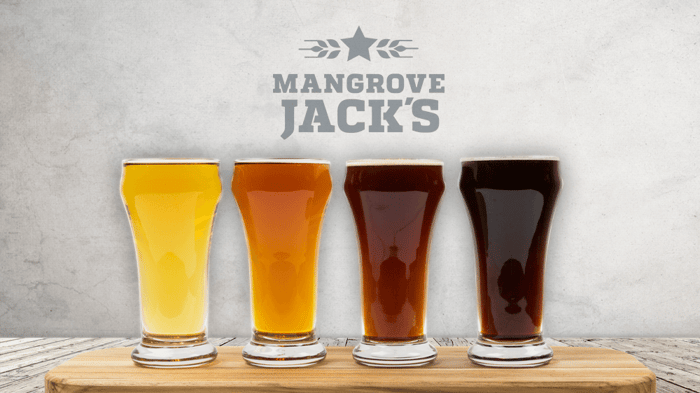Home brewing is just like learning to drive. At the start it may seem overwhelming, but once you figure out the basics of the beer brewing process, which really aren’t too difficult, the options for adventures are endless.
The four main brewing ingredients are:
- Water
- Grain
- Hops
- Yeast
Each ingredient contributes its own unique characteristics and the whole process can be simplified into the following seven steps:
Note: This is the process when brewing from scratch (not using an extract or beer kit).
The Process:
- Malting
Before your malt gets to the homebrew store it undergoes a 'mock' germination process which causes the grains to produce enzymes needed for the mashing step. This process is then halted by heating and drying out the grain. At this point the grains can be given additional flavour and colour (optional) by further heating and kilning. The malt can also contribute to the sweetness and body of the beer. - Milling
The next step in this process (mashing) is made possible by "milling" which is effectively crushing your grains. This makes it easier for the enzymes to convert the starches present in the grain.The extent to which the grains are crushed will affect the amount of sugars you get from the grain. - Mashing
This is where the real "brewing" starts. Mashing involves adding warm water to your malt and letting it steep. Enzymes in the grains convert the starch in the malt into simple sugars which then become soluble in water. Once the sugars are in the water, this is your wort - basically unfermented beer. - Sparging
This is effectively washing the grains with clean, warm water to remove all the sugar from the grains. The grains are then removed from the water. - Boiling
In this step the wort is sanitised to eliminate any unwanted bacteria or yeast.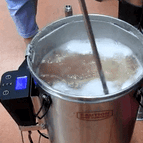
The wort is concentrated through the evaporation of excess water. Hops are added because they contain an antibacterial agent when boiled and also add bitterness, flavour and aroma - giving your beer that "crafty" kick! They can be added in different combinations and at different times during the brewing process to alter the flavour. With huge varieties of hops available, you can go for spicy, floral, fruity, piney or herbal – it’s your beer, you choose! - Fermentation
 This is a relatively self-explanatory step - you pitch the yeast (pitch is a brewing word for add), it does its thing and you have beer. There is a little more to it, but the main things to know are that the yeast is consuming the sugar in the wort and one of its by-products is alcohol - which we like. The yeast will also create a lot of flavour compounds and determines the difference between ales and lagers, which is why it matters which yeast you use - any old one won’t do.
This is a relatively self-explanatory step - you pitch the yeast (pitch is a brewing word for add), it does its thing and you have beer. There is a little more to it, but the main things to know are that the yeast is consuming the sugar in the wort and one of its by-products is alcohol - which we like. The yeast will also create a lot of flavour compounds and determines the difference between ales and lagers, which is why it matters which yeast you use - any old one won’t do. - Bottling/Kegging and Ageing
This is your last step and will give your beer some fizz. The other by-product of the yeast is CO2 - during the fermentation step all of this is released through the airlock, but to keep it in the beer you need to use bottles or kegs, seal them up and let the yeast continue to do its work in the bottle. Your ageing time will differ depending on which beer you’re making, but it generally takes 1 – 2 weeks to let the flavour mature and become even more complex/delicious.
Still unsure where to start? Try a Mangrove Jack's Beer Kit - the automatic car of the brewing world. We’ve reduced the cost of equipment and time constraints that would normally stand in the way of you learning to brew.
Using our Malt Extract Beer Kits, Steps 1, 2, 3, 4 and 5 have been completed for you and your concentrated malt extract is ready to go (there is still plenty of room for trying different flavour combinations though) See our full range of Beer Extract Kits here and recipes using extract kits here for inspiration - go on, give it a whirl.

